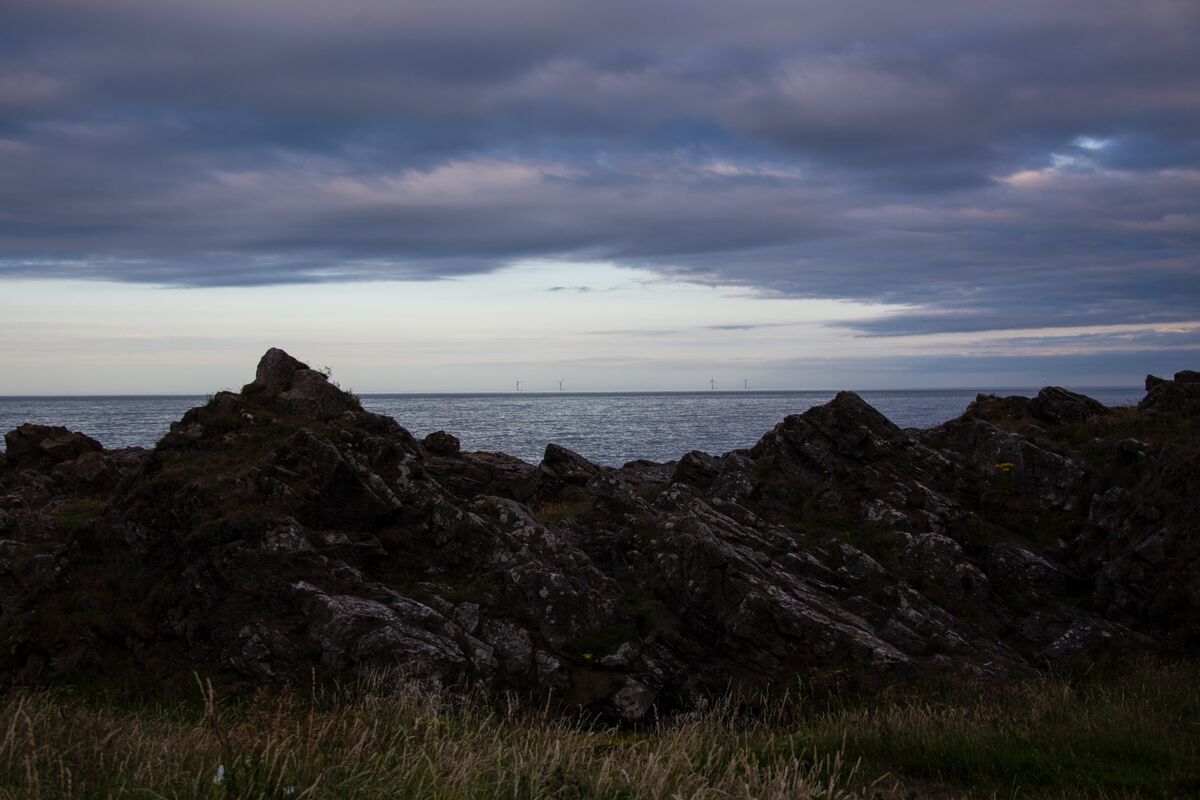Hi, this is Naomi in Berlin. Today I’m looking west to Scotland, where the possibility of a treatment is inspiring some people to test for a devastating genetic disease. More on that in a moment, but first…
When Dutch-American biotech…

Hi, this is Naomi in Berlin. Today I’m looking west to Scotland, where the possibility of a treatment is inspiring some people to test for a devastating genetic disease. More on that in a moment, but first…
When Dutch-American biotech…